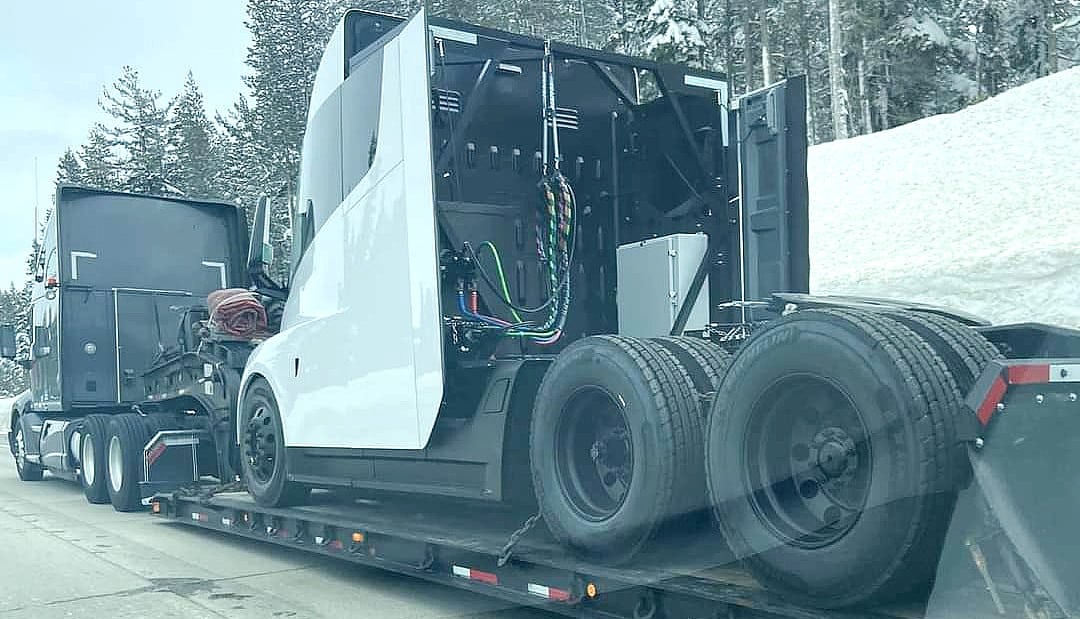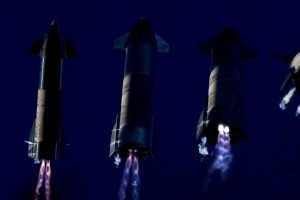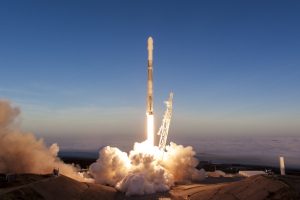The month of Mars conquest by robots is upon us. The United States, China, and the United Arab Emirates launched missions to Mars seven months ago on a 300 million mile (480 million kilometer) journey.
Two of the three missions arrived quietly last week and inserted themselves into Mars orbit. NASA’s Mars 2020 Perseverance mission, the last spacecraft to arrive, will not, however, gently go into the Martian atmosphere. NASA’s latest Mars mission to discover signs of ancient microbial existence on a distant planet is scheduled to touch down on Thursday, February 18, following a dazzling show of highly complex engineering.
The Red Planet launch is a strategic maneuver that can be completed only once every two years. This is due to the varying speeds and elliptical shape around the sun in the orbits of the planets. Every two years, the point at which Earth and Mars are aligned close enough to reduce travel time only happens once, called an opposition.
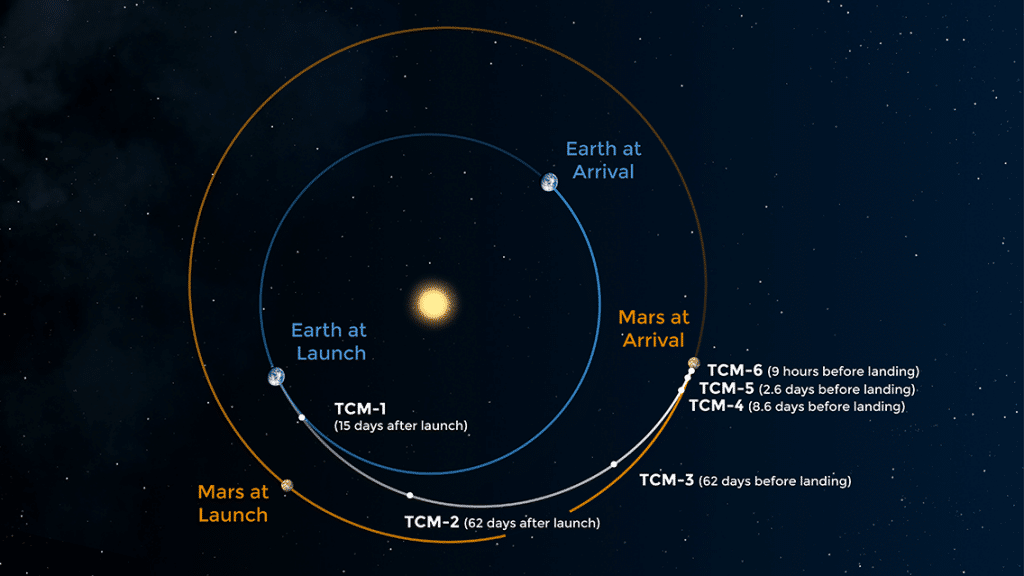
In July 2020, the most recent opposition occurred. Four foreign Mars missions were planned to leave Earth that summer, but the European Space Agency’s ExoMars Rosalind Franklin rover will have to wait for its launch opportunity during the next planetary opposition to occur in 2022 due to the necessary further certification of parachutes. That left the United States, the United Arab Emirates, and China with three robotic invaders to escape Earth’s orbit and become interplanetary superstars.
In cooperation with the Mohammed bin Rashid Space Center, the Laboratory for Atmospheric and Space Physics at the University of Colorado Boulder, Arizona State University, and the Space Sciences Lab at the University of California, Berkeley, the United Arab Emirates Space Agency’s first interplanetary mission, a spacecraft called Al-Amal, or the Hope Probe, was created. It was launched from the Tanegashima Space Centre in Japan aboard an H2A202 rocket on July 19, 2020. The first of the three missions to complete the journey to Mars and successfully insert itself into orbit was the Hope Probe on Tuesday, February 9.

The Hope Probe entered a near-Mars orbit moving around 75,000 mph (121,000 kph), much too quickly to achieve a stable Martian orbital insertion maneuver successfully. The spacecraft had to autonomously fire its main thrusters and perform a Mars Orbit Entry burn lasting an agonizing 27 minutes in order to slow down to the estimated 11,000mph (18,000 kph) required to be captured by Mars orbit. There was a contingency safety procedure to compensate in the case of a thruster malfunction that would have doubled the duration of the burn. The Mohammad Bin Rashid Space Center, located in Dubai, announced after 27 grueling minutes that the maneuver was successfully completed and that the Hope Probe had reached its final destination.

The United Arab Emirates’ Hope Probe will stay in Mars orbit for the duration of its mission, roughly two Martian years, unlike the American and Chinese missions to Mars that will land rovers on the earth. To research the Martian atmosphere, the spacecraft is fitted with a suite of three instruments, two spectrometers-one infrared and one ultraviolet-and one imager to take high-resolution images to study the planet from afar.
The first interplanetary mission by China, the Tianwen-1 spacecraft, completed the same type of Mars Orbit Insertion maneuver. Launched from China on July 23, 2020, Tianwen-1 entered Mars orbit on Wednesday, February 10, only one day after the Hope Probe.
In order to slow down, the Tianwen-1 spacecraft had to autonomously complete an exhausting 11-minute “braking” burn that brought it behind the planet as it was caught and entered orbit by Mars gravity.
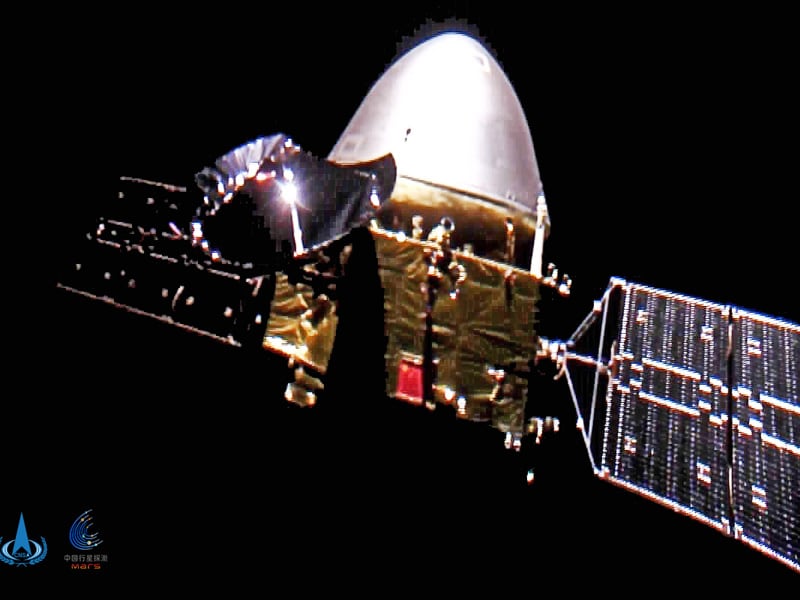
The Tianwen-1 mission, much like NASA’s Perseverance, features a rover that will eventually land on the surface of Mars. However, the method of bringing the rover to the surface differs from that of NASA’s Mars 2020 Perseverance mission.
Two elements, an orbiter and a rover, form the Tianwen-1 spacecraft. The orbiter is currently scheduled to spend some time in Mars orbit for a period of detailed observation prior to attempting a rover landing in May. The spacecraft would then touch down, ideally, in an area known as Utopia Planitia.
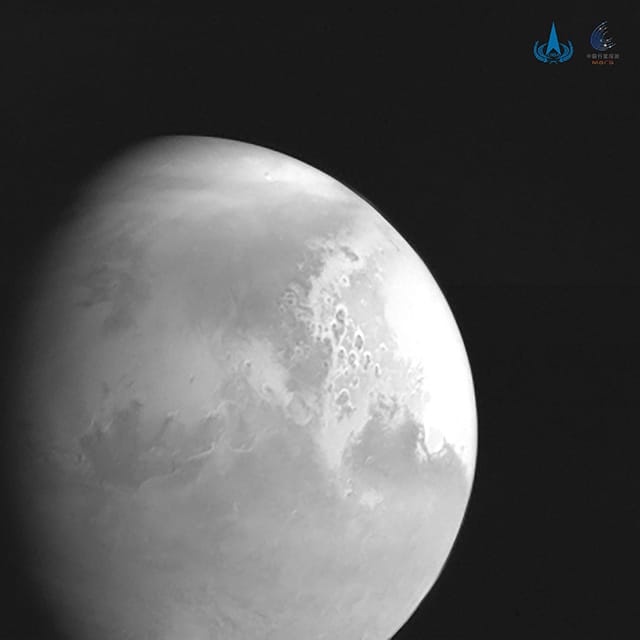
If the rover safely makes it to the surface, the mission investigation phase will be launched. The rover is fitted with a suite of experimental tools to analyze the structure of the Martian surface in search of the possible distribution of ice and water. The Tianwen-1 rover also carries a panoramic camera to picture the earth, close to China’s Yutu 2 rover exploring the Moon.
NASA’s Mars 2020 Perseverance flight, launched on July 30, 2020 from the Cape Canaveral Space Force Station aboard a United Launch Alliance Atlas 5 rocket, was the last of the three Mars missions. The best has certainly been saved for last, as far as Mars arrivals go. The stage is set for Perseverance to make its dramatic appearance, following the success of the other two missions from China and the United Arab Emirates.
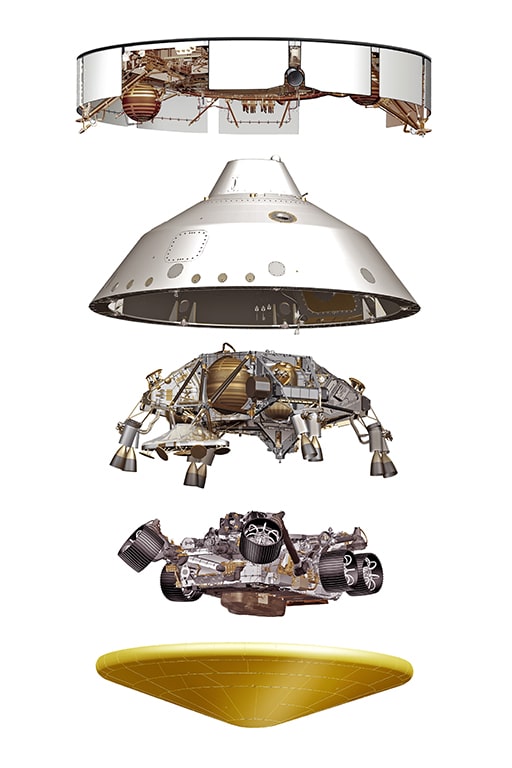
NASA’s Mars 2020 Perseverance mission is by far the most ambitious mission to open a planetary transfer window to Mars in 2020. NASA is not seeking to land one spacecraft, but two on the surface of Mars. The $2.4 billion March 2020 mission consists of the Perseverance rover, powered by the heat generated by Plutonium’s radioactive decay, and the first rotary helicopter of its kind named Ingenuity. It is expected to arrive in dramatic fashion on Thursday, February 18th.
The Perseverance spacecraft would autonomously perform the entry, descent, and landing (EDL) process instead of performing a braking maneuver to slow down and reach Mars orbit, effectively going from moving several thousand miles an hour to slowly descending under a parachute canopy to softly landing in just minutes.
The spacecraft, enclosed in a protective aeroshell with its solid heat shield facing the surface of the earth, would smash into the atmosphere of Mars, flying almost 12,500 mph (20,000 kph). Pesevereance can dismiss its heat shield once through and start searching the Martain terrain autonomously to assess its relative location and make changes to find an appropriate landing site. A powered descent module will then deploy the rest of the way down, slowing to less than 2 mph, transporting the rover (3kph). Finally, the descent module will hover and deploy a dynamic harness device lowering Perseverance to the Martian surface for touchdown, the Ingenuity helicopter and its stowaway.
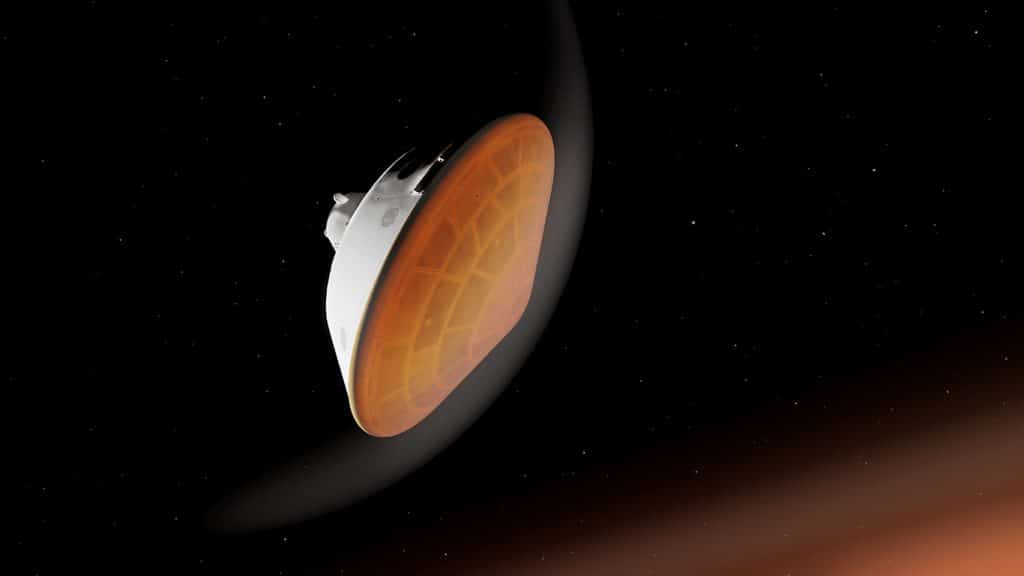
It all comes down to the final seven minutes after seven months of interplanetary travel, the amount of time that the EDL process is supposed to take. All spacecraft controllers back on Earth can do is watch and wait for the final reading of telemetry to show that Perseverance has touched down successfully. That is why the nickname “seven minutes of terror” was coined by this operation.
NASA will provide live coverage of Perseverance’s landing attempt from about 11:15 am PST (19:15 UTC) on Thursday, February 18th. NASA TV and its website, as well as a range of other channels, including YouTube, Twitter, Facebook, LinkedIn, Twitch, Daily Motion, Theta.TV and NASA App.

